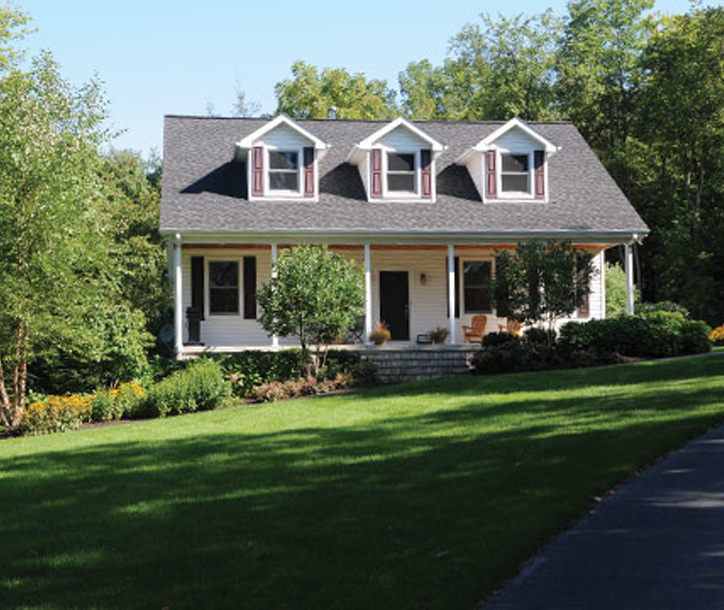As you head into winter, it’s time to think about preparing your shrubs and ornamental trees for the winter. Although you may not give much thought to this kind of vegetation in the fall – after all, you don’t worry about them during the winter, because you know they’re coming back – but they need special care to prepare them for the cold weather.
Your trees and shrubs will benefit from root fertilization to ensure that they’re healthy, can resist disease, and be ready for freezing temperatures. These plants are often a significant investment in your home that provide curb appeal. If they’re lacking the nutrients that are needed to keep them growing, you’ll start to see problems from poor soil composition. 
Benefits of Root Fertilization in the Fall
- This treatment can be used on any age tree or shrub, including recently-planted vegetation. It’s a great idea to use this kind of application so that your trees can grow and mature before the winter arrives.
- The right mix of fertilization will cause your trees and shrubs to flower more quickly.
- Although tree roots, especially those of more mature trees, can be large and go deep into the ground, root fertilization should be applied somewhat close to the top soil layer. The roots here need the nutrients that easily become depleted throughout the year.
Your trees may or may not need to be fertilized, depending on where they are located and if they have been fertilized already in the past few months. If your trees haven’t been growing as they should, have an experienced lawn care professional look at signs of soil compaction or disease.
The type and amount of fertilizer that should be used can be determined by an expert. Special care should be given to mature, transplanted, and young trees and shrubs, but fertilization methods and timing should be considered depending on several factors.
Fall Maintenance Programs for Your Shrubs and Trees
Your shrubs and ornamental trees are investments that will pay dividends as the years go by. Let Superior Lawn Care’s experts keep your planting healthy and beautiful. We service all areas in southwestern PA, including Cranberry, Penn Township, Mt. Lebanon, Indiana, Wexford, Moon Township, and North Huntingdon. Call us today.

